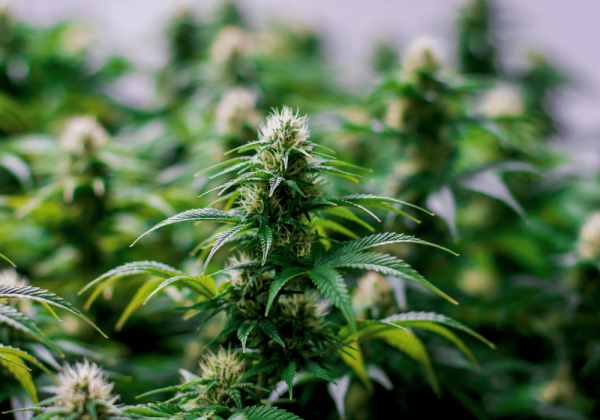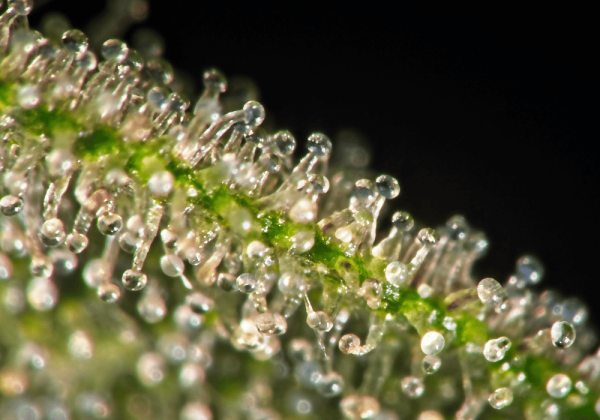With the legalization of cannabis in many areas around the world, more and more people are becoming interested in growing their own marijuana at home. However, before you can get started on your journey to cultivating your very own marijuana garden, there are a few decisions to make first. One such decision is choosing between soil-based or hydroponic cannabis cultivation; each method has its own advantages and disadvantages and it’s important to understand them both before making a choice so that you can be sure that you’re picking the right option for you. In this post, we will take an in-depth look at these two methods of growing cannabis and then compare the pros and cons they offer so that readers can make an informed decision about what route works best for them!
Overview of hydroponics and soil growing for cannabis cultivation
 Cannabis cultivation has evolved over the years as various growing methods have been explored. Hydroponics and soil growing are two of the most popular techniques used in cannabis cultivation today. Hydroponics is a soil-free method of growing plants in which mineral nutrient solutions are used instead of soil to deliver vital nutrients directly to the root system to promote healthy growth and development. Soil growing involves providing plants with essential resources such as water, air, minerals, and organic matter for plant growth and protection from stressors that could affect their survival. Each technique requires different care protocols due to the nature of the growing environment, but both can yield high quality harvests with the right amount of dedication and attention to detail. By familiarizing themselves with hydroponics and soil growing, any cannabis cultivator will be better equipped to make informed decisions on their own grow operation.
Cannabis cultivation has evolved over the years as various growing methods have been explored. Hydroponics and soil growing are two of the most popular techniques used in cannabis cultivation today. Hydroponics is a soil-free method of growing plants in which mineral nutrient solutions are used instead of soil to deliver vital nutrients directly to the root system to promote healthy growth and development. Soil growing involves providing plants with essential resources such as water, air, minerals, and organic matter for plant growth and protection from stressors that could affect their survival. Each technique requires different care protocols due to the nature of the growing environment, but both can yield high quality harvests with the right amount of dedication and attention to detail. By familiarizing themselves with hydroponics and soil growing, any cannabis cultivator will be better equipped to make informed decisions on their own grow operation.
Advantages of hydroponics over soil-based systems
Hydroponics is quickly emerging as an agriculturally advantageous alternative to soil-based systems. With hydroponics, plants are grown in solutions of water and mineral nutrient solutions, providing both the perfect pH balance and optimized plant nutrition. The absence of soil also decreases risk of infection due to insects and viruses, saving growers time and money on expensive pesticides. Additionally, hydroponic growing yields faster results because nutrients are fed directly to the root system. This means that harvests can occur sooner in a much smaller space than conventional farming. For these reasons and more, many farmers see a major benefit in transitioning to this effective, lower maintenance approach to agriculture.
What kind of setup is best for hydroponic systems
Hydroponic systems allow for efficient and cost-effective cultivation of plants, whether indoors or out. To get the most out of such a setup, careful consideration must be given to variables that affect successful plant growth like light, substrate, and water quality. The type of system you choose largely depends on the type of plants you are looking to grow. If space is a concern or you want a low maintenance solution, deep water culture systems are a great option as they use minimal space while growing an impressive yield. Alternatively, an aerosol mist set up might be better suited where high concentrations of oxygen are needed. It is important to keep in mind your budget when looking at what kind of hydroponic system is right for you; however, with the right willingness to research and plan, any method can become successful!
How to set up a soil-based system
 Soil-based systems are the perfect option for growers who want to cultivate aboveground crops that need a larger root system and greater nutrient access. How exactly do you set up such a system? Start by choosing an appropriate potting soil, as this type of soil offers superior drainage and aeration for your plants. You can then layout your soil in raised beds or containers to ensure adequate drainage, which further prevents waterlogging. Additionally, make sure to choose an area for your container gardens with sufficient sunlight, at least 6-8 hours per day. If you are growing indoors, use LED grow lights on a timed schedule. Finally, consider adding compost or fertilizers to put extra nutrients into the soil if necessary. With all these considerations taken care of, you can rest assured that your soil-based system will be well on its way to producing successful harvests in no time.
Soil-based systems are the perfect option for growers who want to cultivate aboveground crops that need a larger root system and greater nutrient access. How exactly do you set up such a system? Start by choosing an appropriate potting soil, as this type of soil offers superior drainage and aeration for your plants. You can then layout your soil in raised beds or containers to ensure adequate drainage, which further prevents waterlogging. Additionally, make sure to choose an area for your container gardens with sufficient sunlight, at least 6-8 hours per day. If you are growing indoors, use LED grow lights on a timed schedule. Finally, consider adding compost or fertilizers to put extra nutrients into the soil if necessary. With all these considerations taken care of, you can rest assured that your soil-based system will be well on its way to producing successful harvests in no time.
With all that being said, which weed cultivation method you decide on is completely up to you. Hydroponics has its advantages but it can still be quite costly and labor-intensive if done improperly. On the other hand, soil-based systems are quite a bit simpler, but they do require an adequate amount of research to ensure your plants receive the necessary nutrition they need to flourish and grow. Both methods have their pros and cons, so make sure to carefully consider which one is best suited for your needs. Learning how to cultivate your own cannabis either with hydroponics or soil-based systems is an incredibly rewarding experience not only for the end product, but for the knowledge gained along the way!


